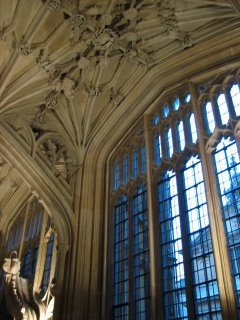The Nutcracker and REM Sleep
I just saw the Russian Stateballet perform Tchaikovsky's Nutcracker, last night. The performance was okay (not spectacular), but I presume that is because they were on tour. However, at least the Nutcracker story is a happy one, and so the whole performance made for a fun night.

However, what struck me during the performance was what a sleep researcher would think, watching the Nutcracker.
As you might know, the entire Nutcracker is a dream of a little girl, after her uncle (a magician) gives her a nutcracker for Christmas. During one scene, the characters of the dream world, surround the little girl, swaying back and forth. She, herself, is carried aloft by the magician, swaying back and forth. The beautiful effect was to simulate her sleeping, and then slowly getting awakened.
Awash in Tchaikovsky's beautiful lullaby, a little voice in my head said: Well, now the REM sleep is ending. There will be a period of non-REM sleep before she reawakens. Alpha wave activity will slowly begin in the EEG scanner.
Though I managed to quash that little voice in my head -- I can only say that I doubt a sleep researcher would appreciate the Nutcracker (if he kept thinking like that).
:)


























